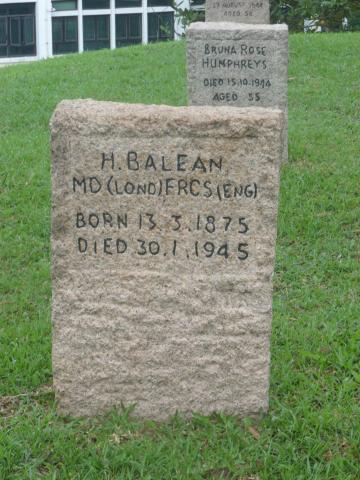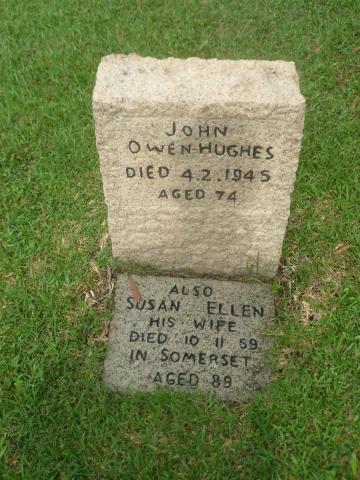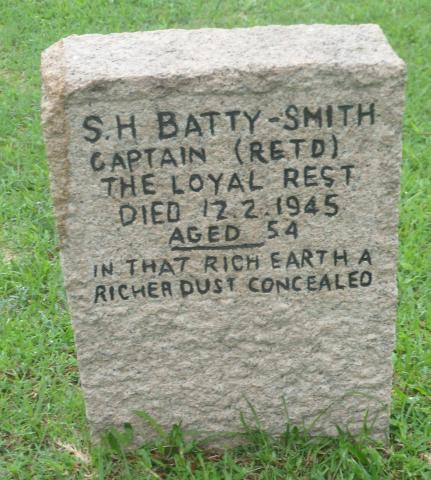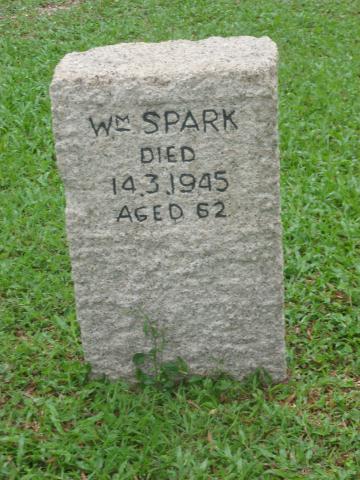There is a service at 9.45 a.m. to mark the third anniversary of the united Protestant celebrations (see Chronology, January 25, 1942).
Frank Short, Chairman Stanley Ministers and Clergy, has previously advertised the service by circulating 'A Message to all Christians in Stanley.' part of which reads:
Many people have had a clearer vision of God and of duty than was theirs before internment.....Many facing the future today are aware of little but the small things of life that will be possible once again. The old round and routine is to be resumed.
Now, unless life has come to mean more to us than it did prior to internment we have not 'redeemed our time,' we have wasted it. Each one must face for himself the question, 'After internment, what?'
God has nothing greater to give to man than the gift of life wih its truly amazing range of opportunity and of service...are you going to give yourself to the battle that will continue ceaselessly after the present battle is over, the achievement of the Kingdom of God upon earth?
Source:
David Faure, A Documentary History of Hong Kong: Society, 1997, Kindle Edition, Location 4752



